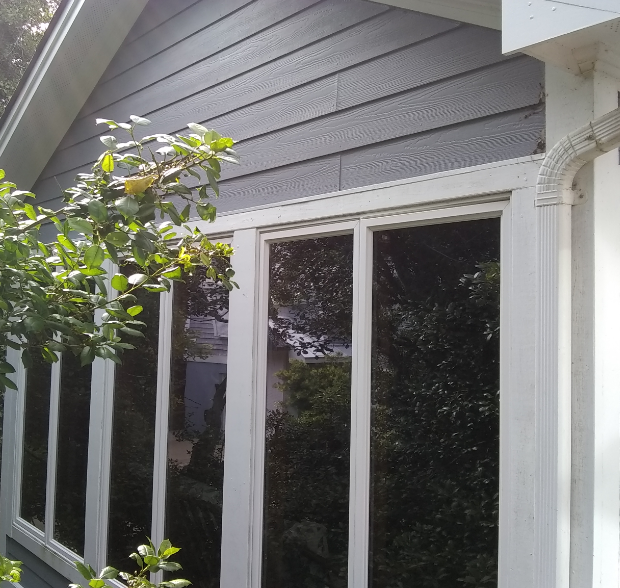“Set it and forget it” is a phrase that has grown in popularity for many reasons. We love the idea of dealing with something once, then not having to think about it again. Some people think of exterior house paint that way; you paint it, then forget about it until it is in obvious (or even desperate) need of attention. How does that work out for them?
As a local New Jersey exterior painting company, we see the results of this kind of attitude frequently. Exterior paint that is neglected too long begins to fail, which can lead to very extensive (and expensive) remediation.
The alternative method (and the one we definitely recommend) involved yearly health checkups for your exterior paint. This helps you to identify and address problems early, before they become severe. This way, your home always looks its best, and its health is protected.
What to Look for in Your Exterior Paint Check
There are two specific areas to examine when you do your yearly exterior paint checkup; the paint and the caulk. When you inspect the paint, here are the things to look for:
- Cracking (hairline cracks in the surface of the paint, or in the wood beneath the paint)
- Adhesion failure (bubbling, peeling, flaking, chipping)
- Fading (uneven color, lightened areas)
- Chalking (whitish residue on the surface)
Any of these warning signs can happen to your New Jersey home, and they should be taken seriously as an indicator of approaching paint failure. Prompt treatment is necessary!
When inspecting your caulk, look at all the joints where the siding meets window frames, door frames, light fixtures, vents, and other similar items. The caulk should be smooth and should fill the joints completely. If it is brittle and cracking, or if splits or gaps have appeared, your home is at risk for moisture intrusion.
What to Do with Failing Paint or Caulk?
If your exterior house paint shows early signs of failure, it can usually be treated by adding a new coat of paint to the affected area. Generally, you will need to paint the whole section of wall so that it all matches. If the paint has begun peeling or bubbling, however, all failing paint needs to be scraped away before you can begin the repainting process.
In the case of failing caulk, any loose bits should be removed. Next, use exterior grade paintable latex caulk and apply a new bead to the affected joint. Smooth it with a damp finger or a caulk tool, and let it dry.
Cherry Hill Painting
For over 40 years, Cherry Hill Painting has been serving New Jersey and the Philadelphia region. If you would like a hand with evaluating the state of your exterior paint, we would be happy to help! We can provide you with a free assessment of the health of your paint, and an estimate for any remediation that is necessary.

